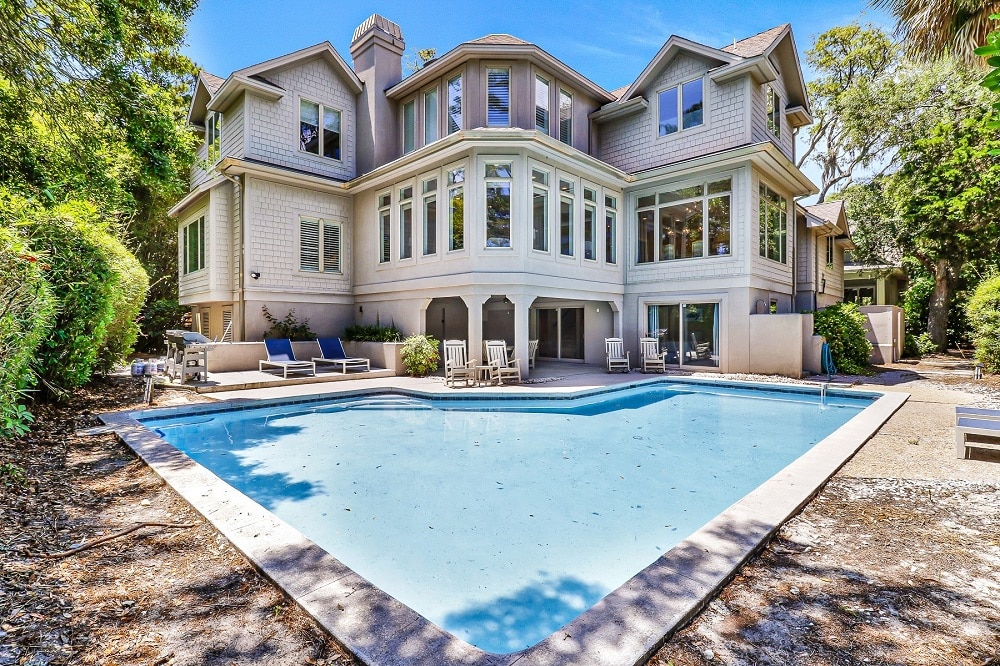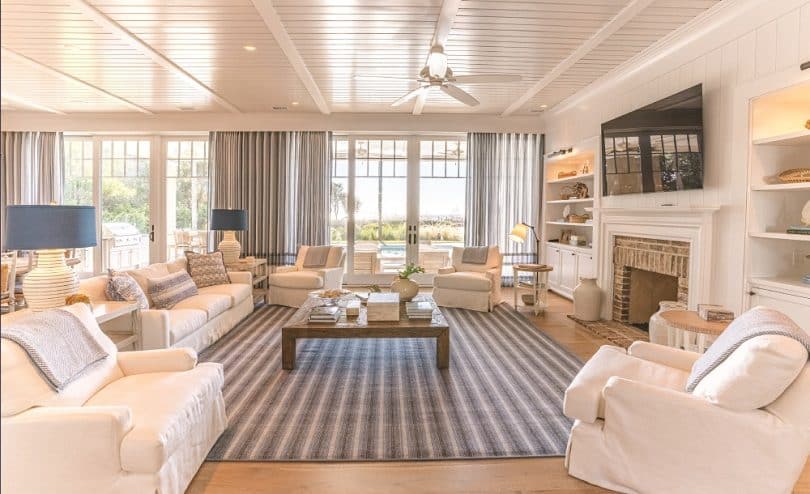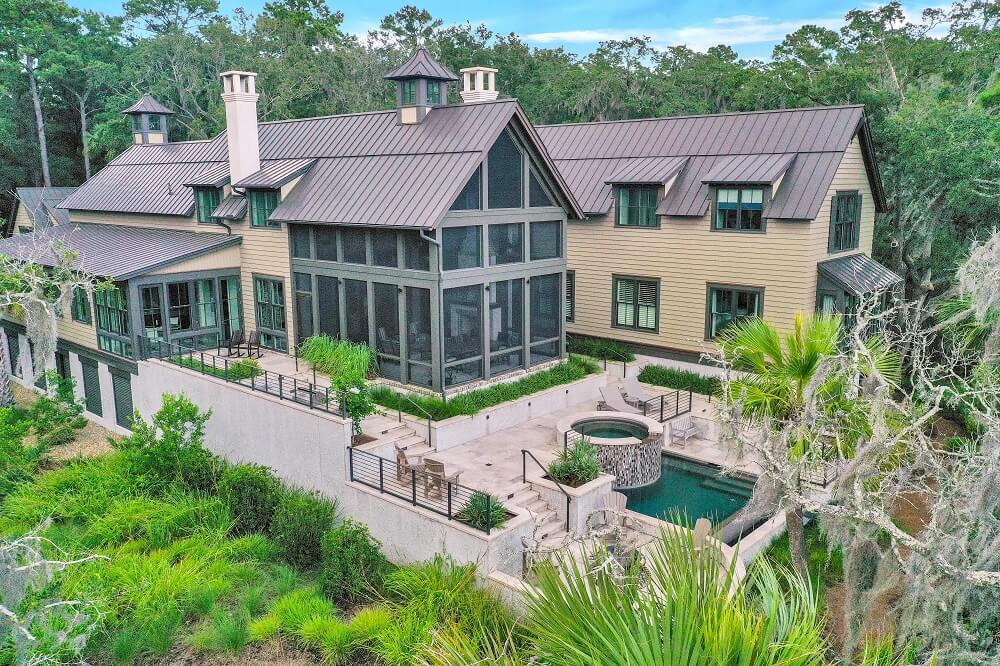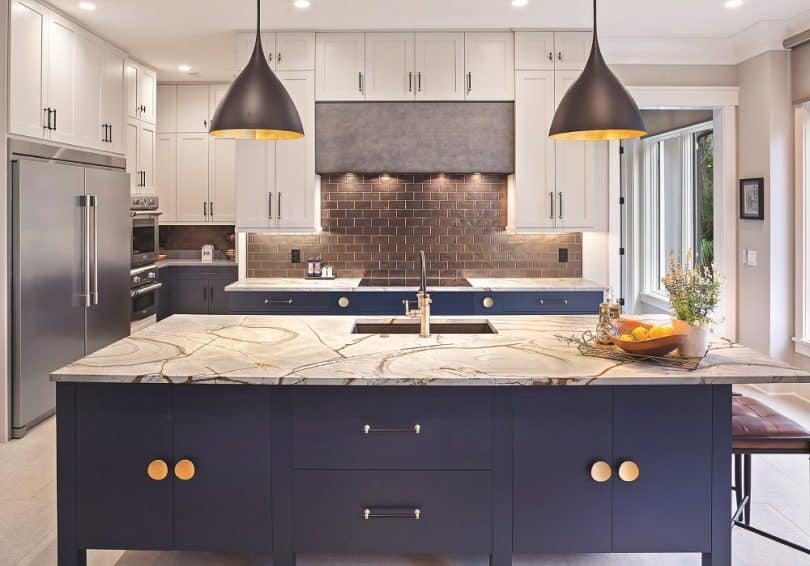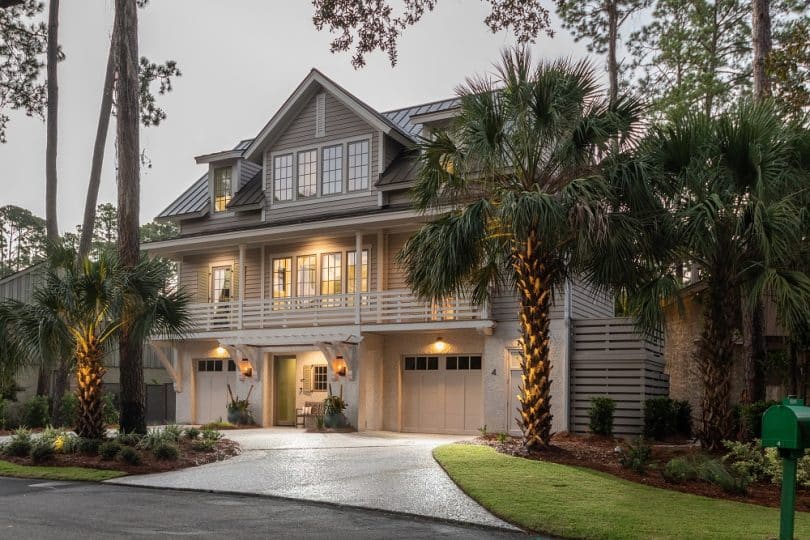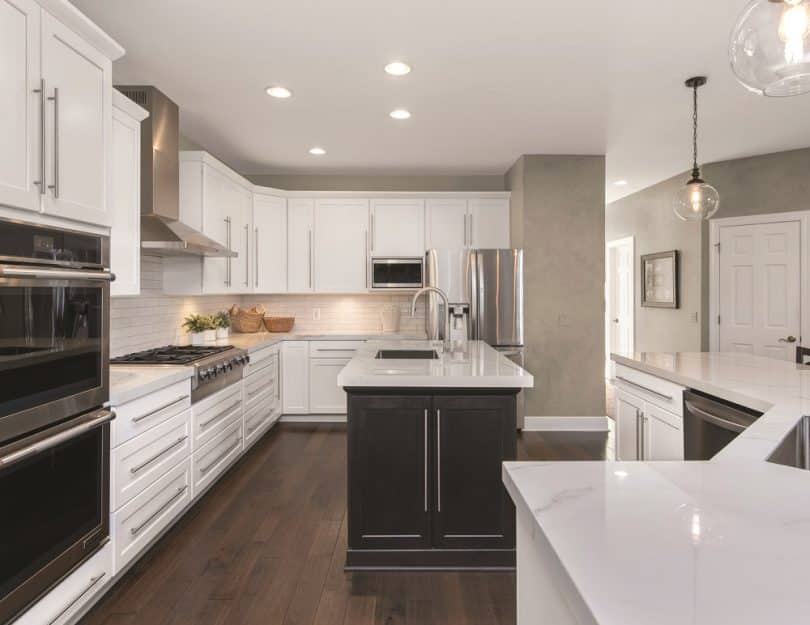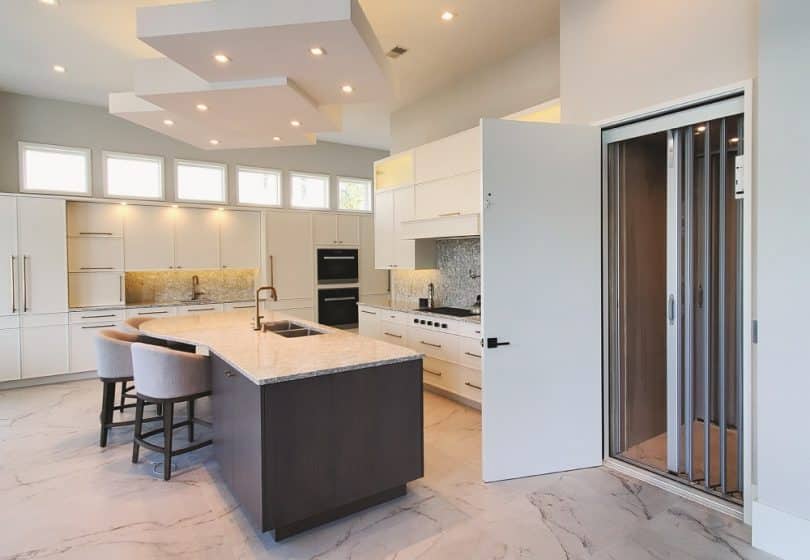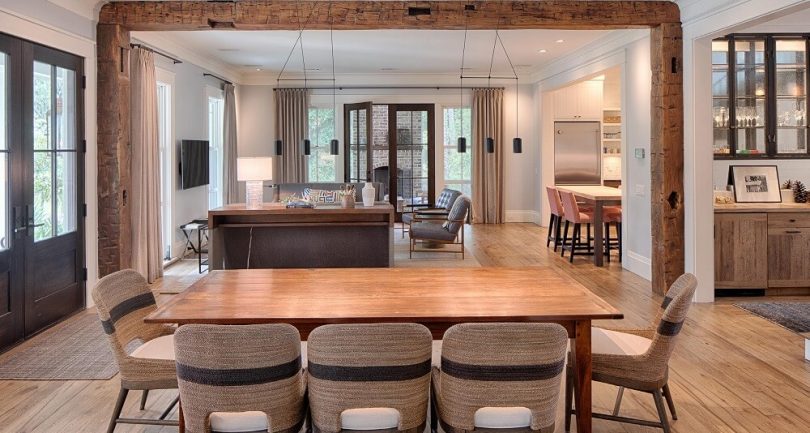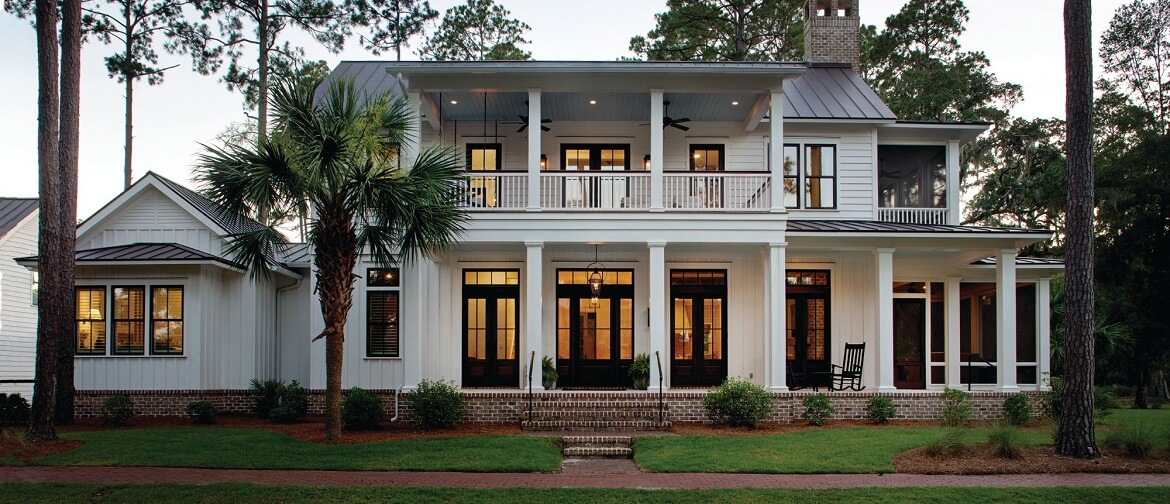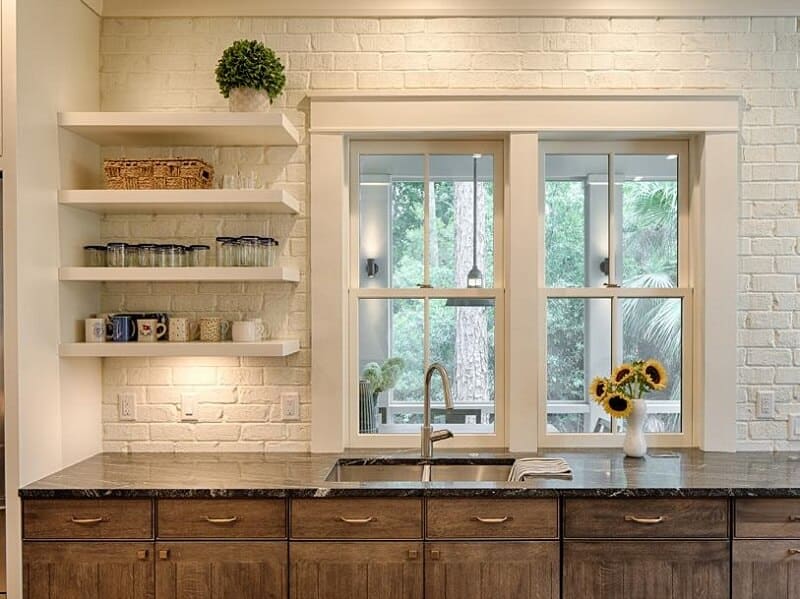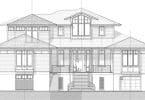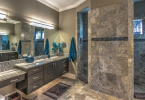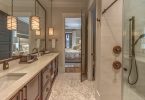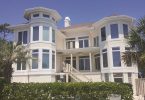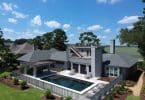There are several different paths a lot owner can pursue on the quest for the perfect home plan. These options include ready-made plans, builder plans with modifications, or custom home plans. “Personal style, budget, location, and time frame often influence the decision a client will make in regard to their plan process,” says Pearce Scott of Pearce Scott Architects. “Additional restrictions by community architectural guidelines, local building codes, and site conditions lead most lot owners to a custom home design or modification of a local builder’s plans,” comments Pearce.
With the increased availability of ready-made plans online, consumers can choose from a variety of architectural styles and square footage designed by architects from around the country. Plans can be purchased “as is” for a flat fee or modified for an additional fee, creating a customized plan for the consumer’s one-time use. Readymade plans are an excellent option for home builds with a conservative budget, a short time frame, and a large open homesite with liberal (or no) architectural guidelines. Important criteria to review prior to the plan purchase include the foundation type and building methods for compatibility in our market. “When the opportunity arises to purchase an AutoCad version verses a hardcopy, opt for the AutoCad even if it’s more expensive. This will make future drawing changes easier once the local structural engineer completes his engineering review and code compliance,” states Pearce.
For clients interested in a semi-custom home experience, working with a local builder to modify an existing plan is a cost-effective and time efficient option. Designed to meet most typical plantation lots, these home plans offer the most common layouts requested by the local market with architectural exteriors to match the most popular architectural styles of coastal South Carolina. Builders typically have negotiated a reuse and hourly modification fee with the architect who designed the plan, allowing the design process to be streamlined for changes and therefore minimizing the architectural expense of your home build. “Modifying an existing plan is an excellent option if about 85%90% of the plan is perfect for your home. If a higher amount of changes is required, creating a new plan may be less expensive than the time and effort involved with modifying roof lines, foundations, floor plans, and exterior elevations on an existing plan” says Pearce.
Designing a custom home remains a common option in our local market. Starting with a blank slate, the architect can consider the homesite’s special features – natural landscape, view, orientation to the sun, and privacy from the street / neighbors. He is also able to design the home plan around a client’s specific use of space and design preferences. While the custom home design can take quite a bit longer and cost more than other plan options, the results are unique to the owner and the homesite, creating a one of a kind property that perfectly fits their needs. “Designing a custom home is the greatest honor a client can bestow on an architect. It’s the opportunity to convey the client’s wants and needs into a home design that will host the future memories of their life,” shares Pearce.

